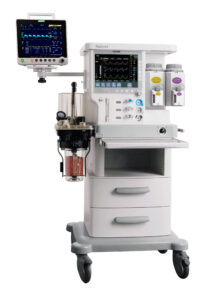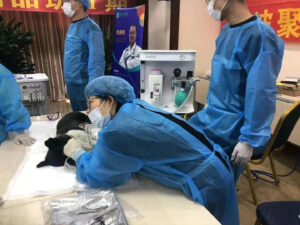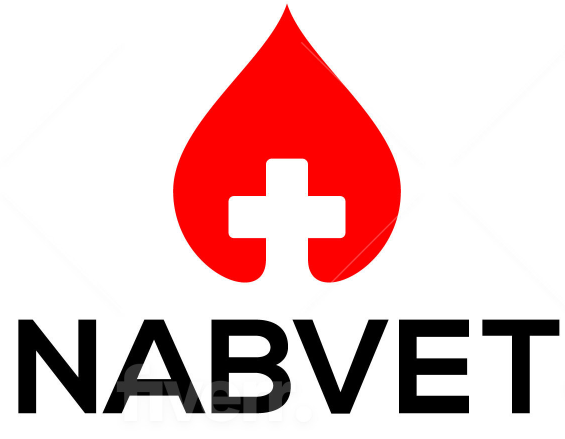Today, we’re delving into the intriguing world of anesthesia machines. These complex devices are the unsung heroes of the operating room, ensuring patients have a comfortable and safe experience during surgery. So, let’s embark on this journey of discovery and demystify the components of an anesthesia machine!

The Heart of the Operating Room
Anesthesia machines are the beating heart of any operating room, providing the crucial link between patients, anesthesiologists, and surgical teams. But what exactly makes up these intricate devices, and how do they work? Let me break it down for you.
The anesthesia machine is a sophisticated apparatus designed to deliver a precise mixture of medical gases and anesthetic agents to the patient. It’s a complex system with several vital components that work in harmony to ensure a patient’s safety and comfort during surgery.
The Core Components
- Gas Sources: The anesthesia machine is connected to various gas sources, including oxygen and nitrous oxide. These gases are the foundation of the anesthetic process.
- Vaporizers: Vaporizers are responsible for converting liquid anesthetic agents into a vapor form, allowing precise control over the concentration delivered to the patient.
- Flowmeters: Flowmeters control the rate at which gases are delivered to the patient. They provide a visual indication of gas flow and allow adjustments as needed.
- Breathing Circuit: The breathing circuit connects the machine to the patient’s airway. It includes components like hoses, connectors, and filters.

The Nuts and Bolts
1.Ventilator: Anesthesia machines are equipped with ventilators that assist or control a patient’s breathing during surgery. These are vital for maintaining proper oxygen levels.
2.Monitors: Monitoring equipment such as ECG, pulse oximeters, and capnography devices keep a close eye on the patient’s vital signs throughout the procedure.
3.Waste Gas Scavenging System: To ensure the safety of the operating room staff, waste gases are efficiently removed using a scavenging system.
4.Alarms: Anesthesia machines feature a variety of alarms to alert medical professionals to any potential issues or irregularities.
Safety First
When it comes to anesthesia machines, safety is paramount. To ensure a seamless and secure experience, here are some critical aspects to consider:
- Regular Maintenance: Routine maintenance and testing are essential to ensure all components are functioning correctly.
- Staff Training: Proper training for the medical staff operating the machine is crucial to ensure patient safety.
- Backup Systems: Anesthesia machines often come equipped with backup systems to prevent interruptions in gas delivery.
- Quality Assurance: Work with reliable suppliers who provide high-quality machines and equipment.
- Emergency Procedures: Always be prepared for emergencies and have clear procedures in place.
The Intricate Symphony
In the world of anesthesia machines, it’s like conducting an intricate symphony. Each component plays a unique role, and they must work together harmoniously to ensure the patient’s well-being. As a professional in the medical equipment industry, I understand the importance of these devices and the impact they have on patient care.
If you’re in the market for top-quality anesthesia machines, don’t hesitate to get in touch with us at nabvet. We’re here to provide you with the best equipment for your medical facility.
In conclusion, anesthesia machines are more than just a collection of components; they are the guardians of patient safety in the operating room. By understanding their intricacies and ensuring their proper use, we can continue to provide safe and effective medical care. Cheers to excellence in the world of healthcare! 🏥
